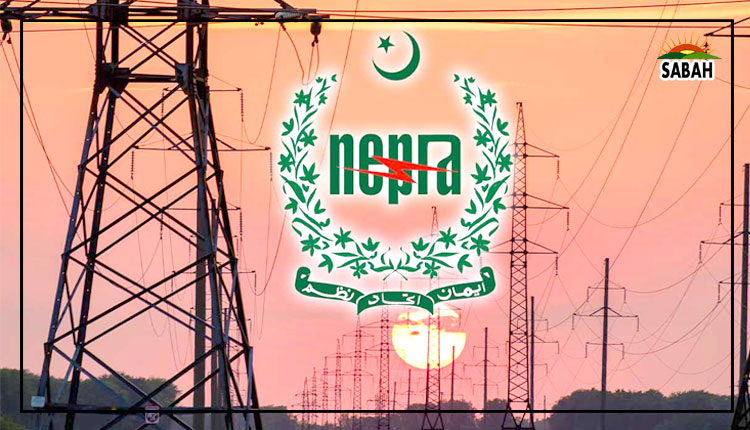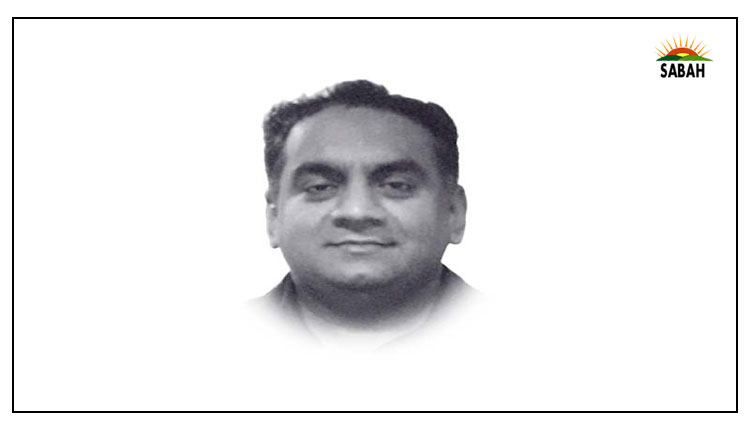Gender equality and the fight against climate change… Asim Jaffry
Pakistan continues to reel from the impacts of the catastrophic floods of 2022 that caused an unparalleled human suffering and a generational loss which cannot be filled. In our recent visit to flood-stricken districts of Sindh, we experienced first-hand the human plight: 1,700 people lost their lives and about 8 million displaced among a total of 33 million victims.
PDNA 2022 estimates that loss of assets, homes, livestock and infrastructure will push 9 million more people into poverty. About 4.3 million people are out of jobs after the floods. Food shortages due to damage to 4 million acres of farmland and 1 million livestock has put 14.6 million people at risk of severe food insecurity.
Of the 25 poorest districts in Pakistan, 19 were declared calamity-hit. Amongst the most vulnerable populations there, women are the most burdened by climate-induced disasters. Amid extreme weather, such as droughts and floods, women tend to work more to secure household livelihoods. In one of our visits to Khairpur Mir Tehsil in Sukkur district of Sindh province, we met Mai Nira who walks 2km every day to fetch drinking water for her family.
According to UNFPA, over 650,000 women were pregnant in the flood-affected regions of the country and were expected to give birth without ante-natal, delivery and post-natal services. When we visited Shazia in Dadu district of Sindh, she had lost her child during delivery as she could not reach hospital on time. Government data says that currently 2.8 million households with newborns in flood-affected areas of the country lack post-natal care.
Besides the climate crisis, Pakistans mounting energy crisis drives energy poverty at household level and burdens women further. Here is an example: we interviewed a 45-year-old widow named Nasreen Bibi. A textile worker, she works eight hours a day as a machine operator on a factory floor in Faisalabad. In 2022, Nasreen was earning Rs25,000 a month; and in early 2023, she is earning the same amount, despite an unprecedented rise in the inflation rate over the past month. Nasreens income has not crossed Rs300,000 per annum while her energy bills have increased by over 45%, averaging Rs60,000 per year during the same time. In 2022, Nasreen paid an average of Rs2,700 to Rs3,000 every month in electricity bills for her one-room house. Currently she is paying twice as much. This energy price hike, driven by its international regime of finance, is depriving millions of people like Nasreen of electricity a right to life compounding their vulnerability in the face of the worsening climate crisis.
Amid climate disasters and record-breaking energy inflation, Pakistan is drowning in debt. According to the State Bank of Pakistan, the countrys external debt levels were extremely high even before the floods in 2022, reaching US$76 billion. Debt servicing in 2022 was expected to be around US$13.6 billion, a huge proportion of government revenue.
There is need for the world to help Pakistan fight its rising debts. Fair Finance Pakistan is raising its voice in this regard, calling for international financial institutions (IMF, World Bank) to cancel Pakistans debt. Debt cancellation would provide fiscal space for Pakistan to spend on its people: rebuild their flood-affected homes, schools, roads and basic health units; recover crop; and buy new cattle.
We echo UN Chief Antonio Guterres message delivered during the UNs Least Developed Countries (LDC) summit in Qatar held recently. He said wealthy nations should provide $500 billion annually to help others trapped in vicious cycles that block their efforts to boost economies and improve health and education. Indeed, economic development is challenging when countries like Pakistan are starved for resources, drowning in debt, and vulnerable to climate change.
Courtesy The express Tribune












